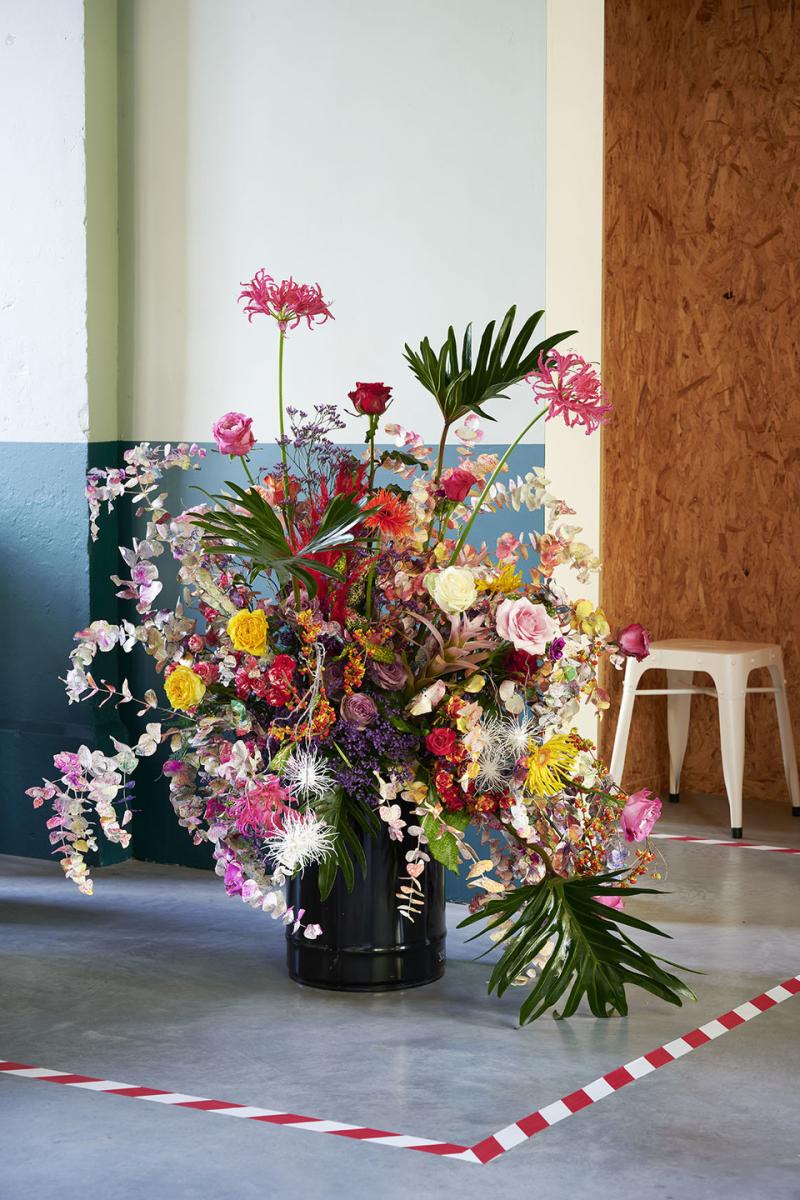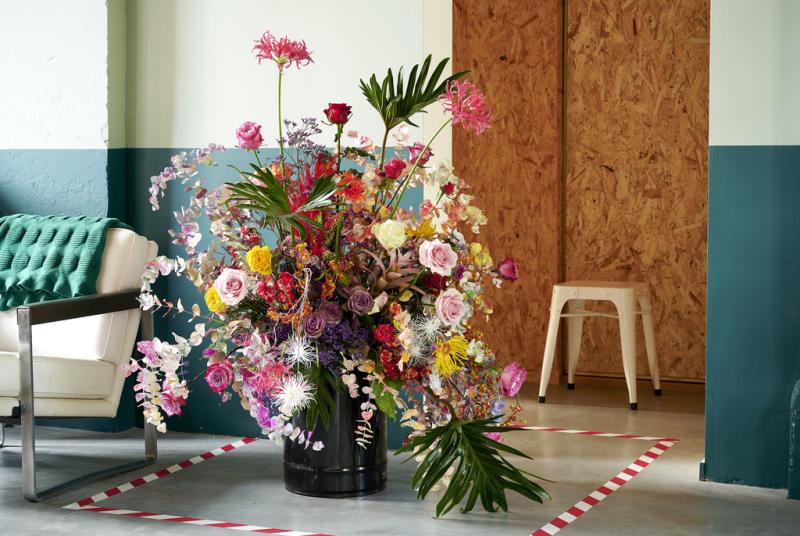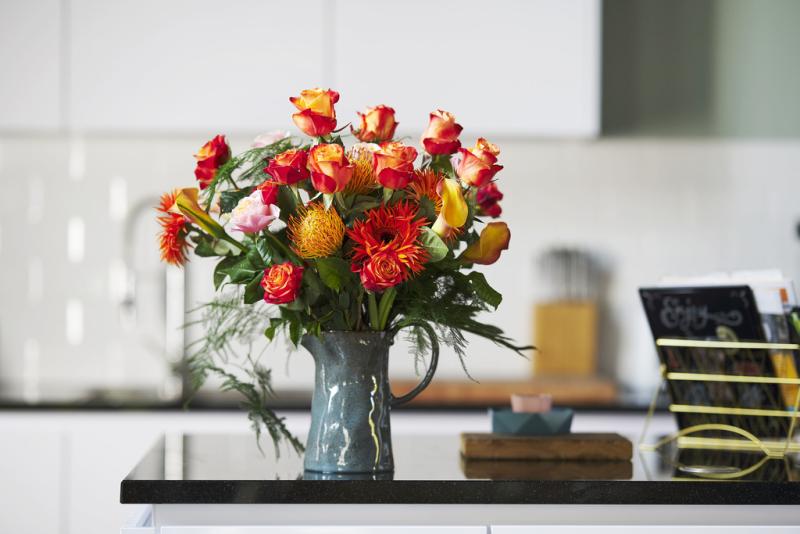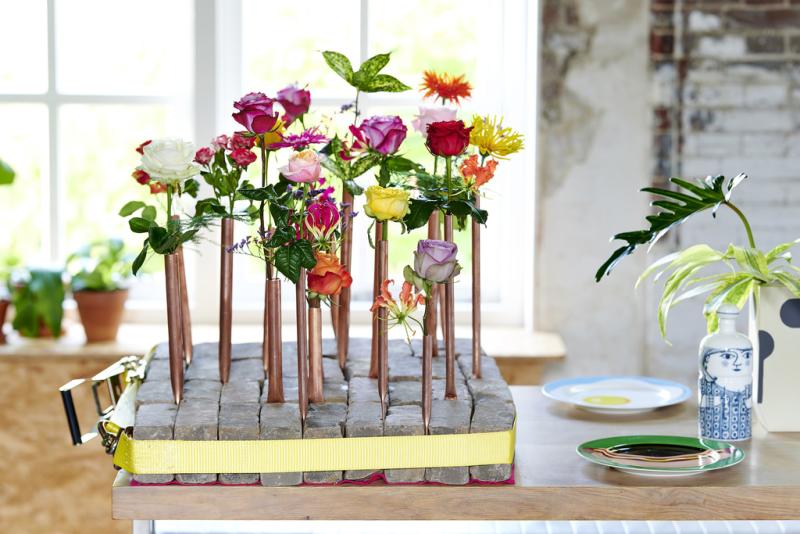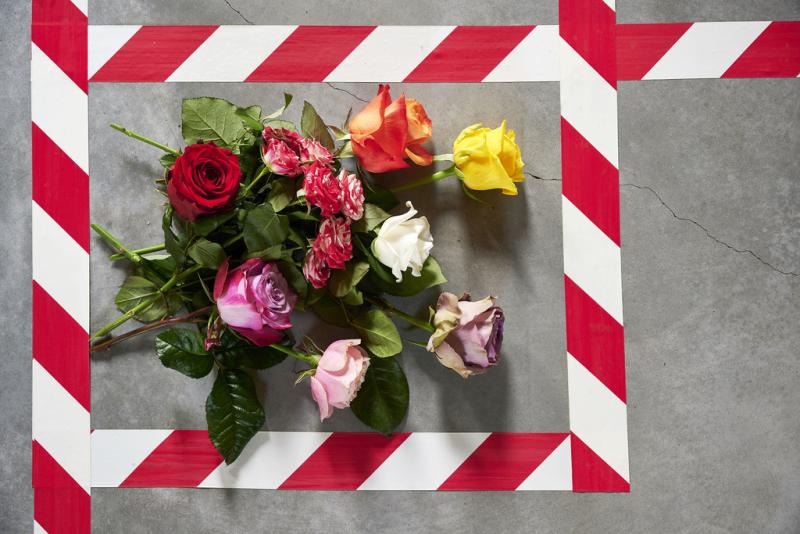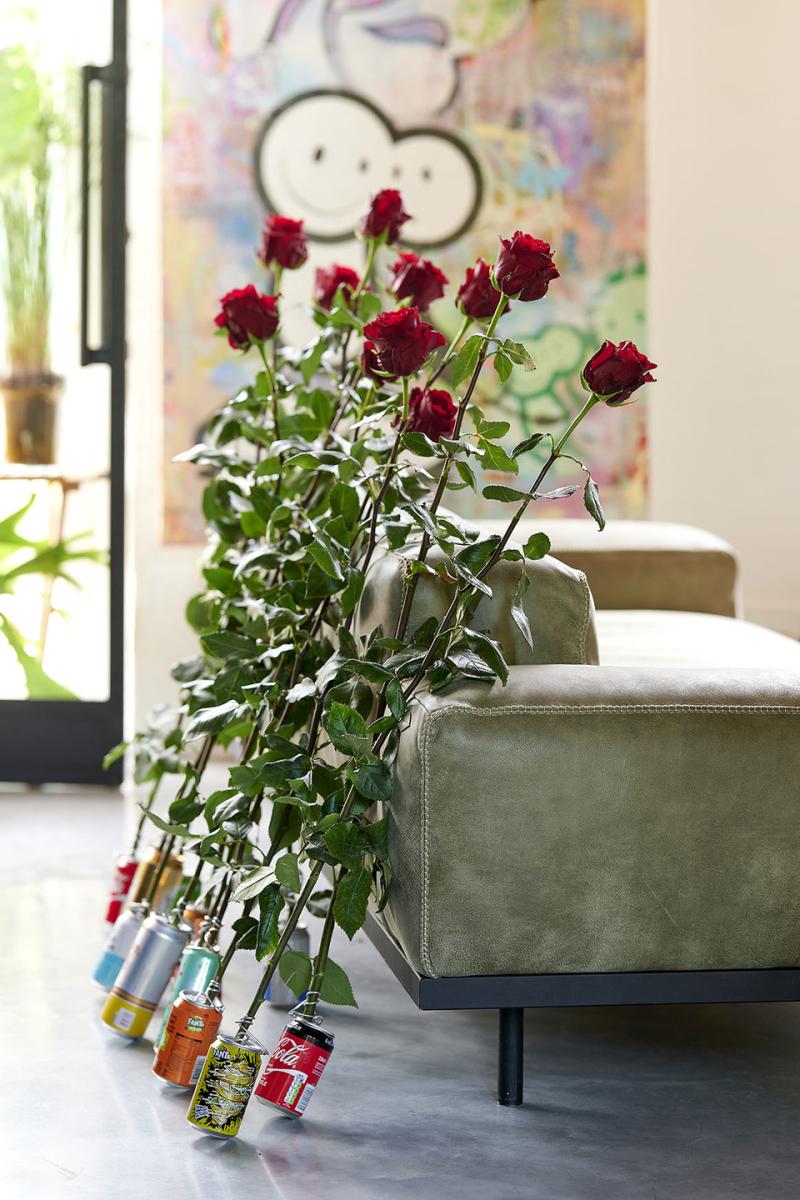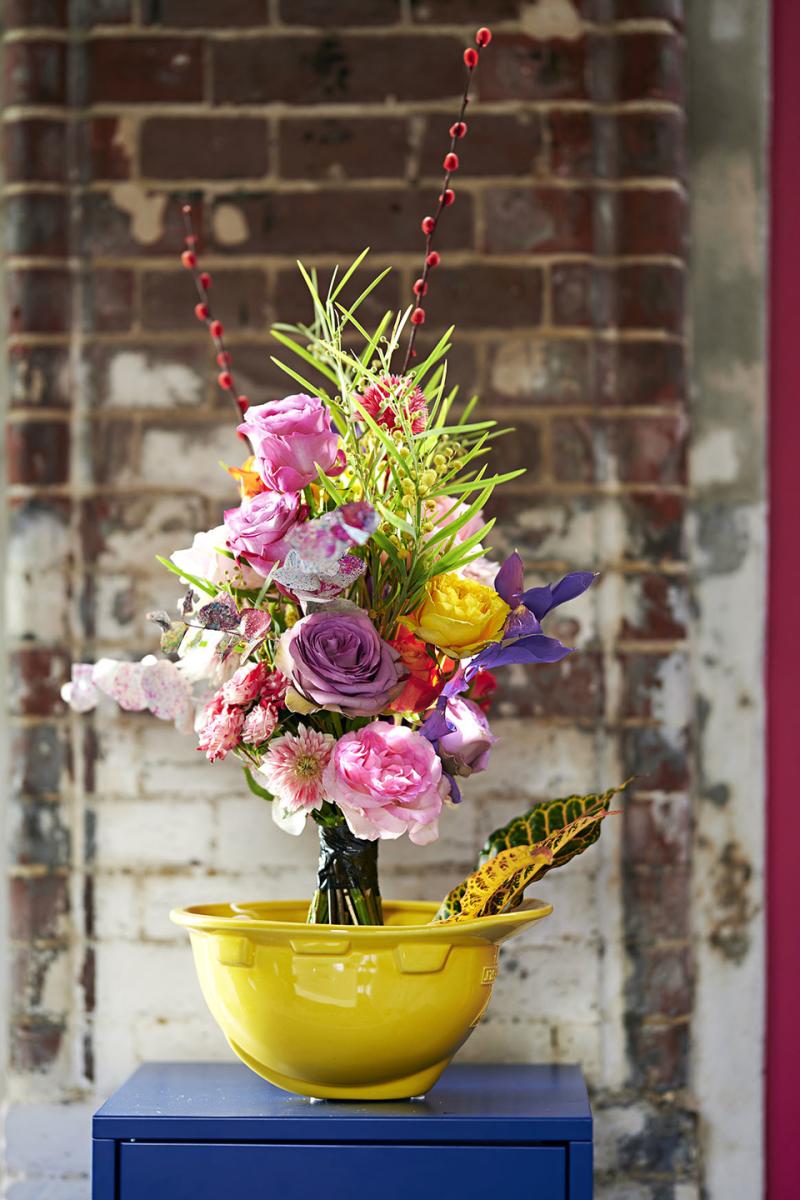The rose is on the Flower Agenda in January
Delicate flowers, slender stems and a romantic reputation: the rose is on the Flower Agenda this month. As the symbol of love, the rose is the most widely produced and most loved cut flower in the world. A flower of which new varieties also come onto the market every year. And the rose is not just capturing hearts, but also overcoming dark winter days with its colours and shapes. You can download inspiration images of the rose at the bottom of this page and use them free of charge if you credit Funnyhowflowersdothat.co.uk.
Origin
The rose originally came from the temperate regions in the northern hemisphere, but that has now changed. For the past few years roses have also been extensively grown in Ecuador and in African countries such as Kenya and Ethiopia, sometimes even at altitudes of 2000 to 3000 metres.
Range
With a choice of 600 varieties there is plenty to choose from in the range of roses, and new varieties are added every year. There are large-flowered, small-flowered and spray roses in all the colours of the rainbow. Red and white are traditionally the most important colours, but don’t be surprised by brown, peach, deep purple, bicoloured or even colour-treated roses. We are also seeing flower shapes with green hearts, strongly scented roses or roses that resemble peonies.
What to look for when buying roses
- The length and thickness of the stem, the bud height and width and the number of petals must be in proportion.
- The leaves must be fresh and firm, the presence of thorns depends on the cultivar, from heavily thorned to virtually thornless.
- If roses have been harvested when they are too unripe, too little energy has been stored in the petals for the flower to open. This varies according to the cultivar. So you should buy at the right stage of ripeness in order to offer the consumer a rose that will open fully.
- Production conditions, the cold chain and transport from the country of origin play a major role in shaping the quality of roses.
- When buying it is important that the rose is free of pests and diseases such as powdery mildew or botrytis, a fungus that will rapidly diminish the rose’s quality.
Care tips for professionals
- Use clean containers with clean tap water. Add the right concentration of cut flower food for roses to the water.
- Remove leaves that will be under water to prevent the growth of bacteria. Leave the thorns in place: damage to the stem also encourages bacterial growth.
- Cut approximately 3 to 5 centimetres off the bottom of the stem with a clean and sharp knife or secateurs. Then place the roses in a vase or bucket immediately.
- Regularly check the water level and top up where necessary. Keep the roses away from sources of heat and sunlight.
- Never get rose flowers wet with a plant spray; this will encourage botrytis. Roses can be stored in the cold store at 2-4°C if necessary. Make sure that the flowers do not become damp.
- For wedding and memorial arrangements it is important that roses are well-watered overnight in advance and that you use the correct ripeness. You can also spray the arrangement with a product to restrict evaporation.
- Always provide the consumers with care tips as well as flower food.
Display tips for professionals
In January roses combine beautifully with other winter flowers such as tulips or ranunculus: flower varieties in so many colours that you can use them to create the most extravagant bouquets. The rose also looks magnificent in a laid-back field bouquet with forced shrubs, bulbs flowers or exotic cut flowers.
Care tips for consumers
- Place roses in a clean vase with clean water.
- Add cut flower food to the water for a longer vase life.
- Trim or cut 3-5 cm off the stems diagonally with a sharp, clean knife.
- Leave the thorns in place as much as possible.
- Regularly top the vase up with tap water.
- Do not place roses in a draught, in full sun, near a heater or beside the fruit bowl.
Inspiration & information
Inspiring images of every flower on the Flower Agenda have been produced in line with the Horticulture Sector Trends 2020 (Groenbranche Trends 2020). These trends are a translation of the latest consumer trends aimed at the horticulture sector.

